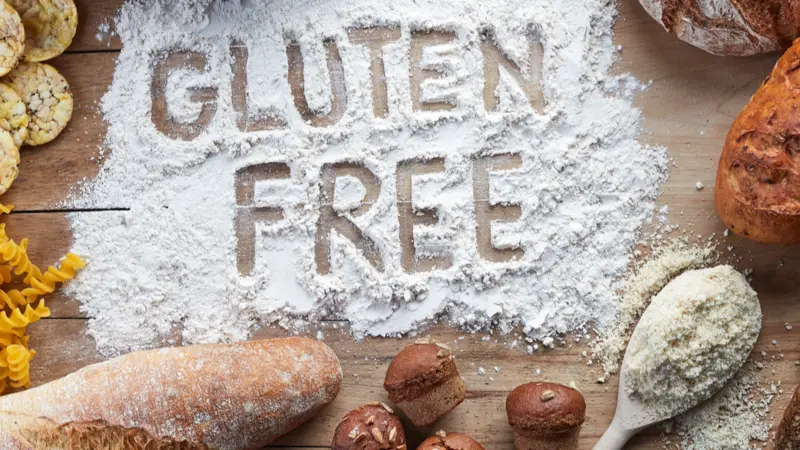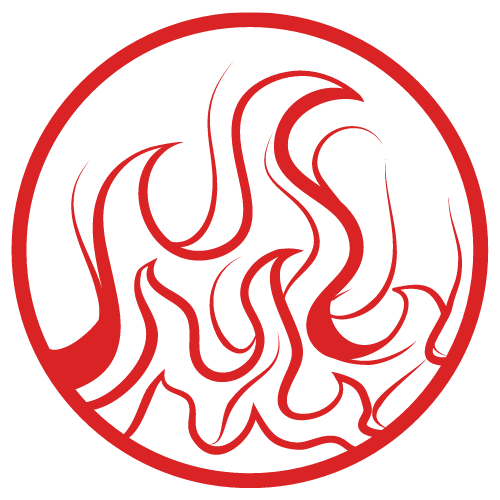

Chronic Conditions and Diseases

Chronic Conditions and Diseases
What’s on the Menu in a Gluten-Free Diet?
Gluten is a protein found in most grains. The gluten found in wheat, barley, rye, and triticale, which is a cross between wheat and rye, can trigger serious health problems. While other grains, such as corn, rice, and quinoa, also contain gluten, they don’t seem to cause the same problems.
A gluten-free diet is essential for managing signs and symptoms of celiac disease and other medical conditions associated with gluten. Wheat allergy is the result of the immune system mistaking gluten or some other protein found in wheat as a disease-causing agent, such as a virus or bacterium. The immune system creates an antibody to the protein, prompting an immune-system response that may result in congestion, breathing difficulties, and other symptoms.
Following a gluten-free diet requires paying careful attention to food selections, the ingredients found in foods, and nutritional content. Many naturally gluten-free foods can be a part of a healthy diet: fruits and vegetables; beans, seeds, legumes, nuts, eggs, non-processed meats, fish, and poultry; and low-fat dairy products.
Grains, starches, or flours that can be part of a gluten-free diet include: amaranth; arrowroot; buckwheat; corn; flax; gluten-free flours such as rice, soy, corn, potato, and beans, hominy, millet, quinoa, sorghum, soy, and tapioca (cassava root).
Removing the gluten protein can change your overall intake of fiber, vitamins, and other nutrients. These include iron, calcium, fiber, thiamin, riboflavin, niacin, and folate. Talk to your doctor or dietitian about foods that provide healthy, nutrient-rich alternatives to gluten.
REFERENCES
Mayo Clinic Staff. (2019, December 19). Gluten-free diet. Retrieved from https://www.mayoclinic.org/healthy-lifestyle/nutrition-and-healthy-eating/in-depth/gluten-free-diet…


 By
By






